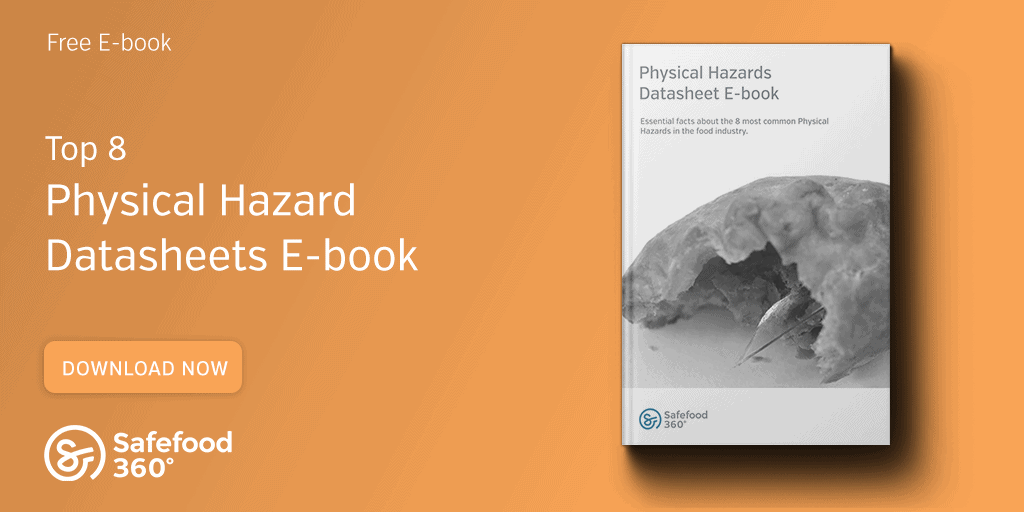November 2020 Food Safety News and Industry Round-up
In November the FDA provided clarity on its proposed rule for food traceability while by issuing multiple resources, the FAO issued guidance for risk-ranking at the national level and the governments of Australia and New Zealand considered the first changes to its shared regulatory system in more than 30 years.
Read on for more.
FDA Food Traceability Proposed Rule Resources
At the beginning of the month, the FDA released several resources to assist stakeholders in better understanding the FSMA Food traceability proposed rule.
These included a Risk-Ranking Model for Food Tracing which is intended to help users understand more the methods and criteria for scoring commodity-hazard pairs.
The tool was also supported with a webinar, a glossary of key terms, and a flow chart to assist in determining when a rule should be applied.
FAO published guide to ranking food safety risks at the national level
The FAO have published a new guide to help nations better inform their domestic priorities for food safety.
The guidance proposes a three-step, evidence-based, approach that incorporates risk to help nations with limited resources determine where best to prioritize in order to minimize foodborne illness risks.
The three-steps proposed for risk ranking are 1) Define the scope, 2) Develop the approach, and 3) Conduct the risk ranking analysis and reports.
The report covers these steps in significant detail and provides additional case studies for Microbial hazards and Chemical contaminants to support its implementation.
Australia & New Zealand consider first changes to food law in almost 30 years
The governments of Australia and New Zealand are considering amending the shared regulatory system between the two nations for the first time in almost 30 years.
A feedback period for public comment closed earlier this month, but there are multiple considerations for the reform being assessed.
These amendments are currently being collected and will be further researched and subject to a cost-benefit analysis before findings are consolidated for further consultation prior to legislative changes.
Survey reveals UK public views on import standards
A poll conducted in the UK has revealed that more than two-thirds of people want future meat and dairy imports to be of an equivalent standard as domestic products.
Other findings indicated that more than three-quarters of those surveyed agreed that future trade deals should be assessed for their impact on the environment and human health, with a quarter also maintaining that the UK should not have to rely on any imports.
The survey comes as the UK government has elevated the Trade and Agriculture Commission to a statutory footing to help assess animal welfare and agriculture for future trade deals once the EU transition period ceases in January 2021.
HACCP is most in-demand EU training program
HACCP was revealed as the most in-demand training program during 2019 by the European Commission’s Better Training for Safer Food Initiative (BTSF).
13 five day training sessions were organized to more than 300 participants composed of staff from EU authorities for official controls and non-EU agencies.
The in-demand courses were more popular than other areas covered including contaminants in feed and food, food fraud, hygiene, official control regulation, outbreaks, and food testing.
China resumes import of Canadian beef and pork
China has resumed the import of Canadian beef and pork products following their suspension earlier this year after the banned feed additive ractopamine was detected.
The decision to resume imports was welcomed by the Canadian Meat Council who had already estimated that the suspension had cost Canadian producers at least $100m in lost revenue.






Leave a Reply
Want to join the discussion?Feel free to contribute!